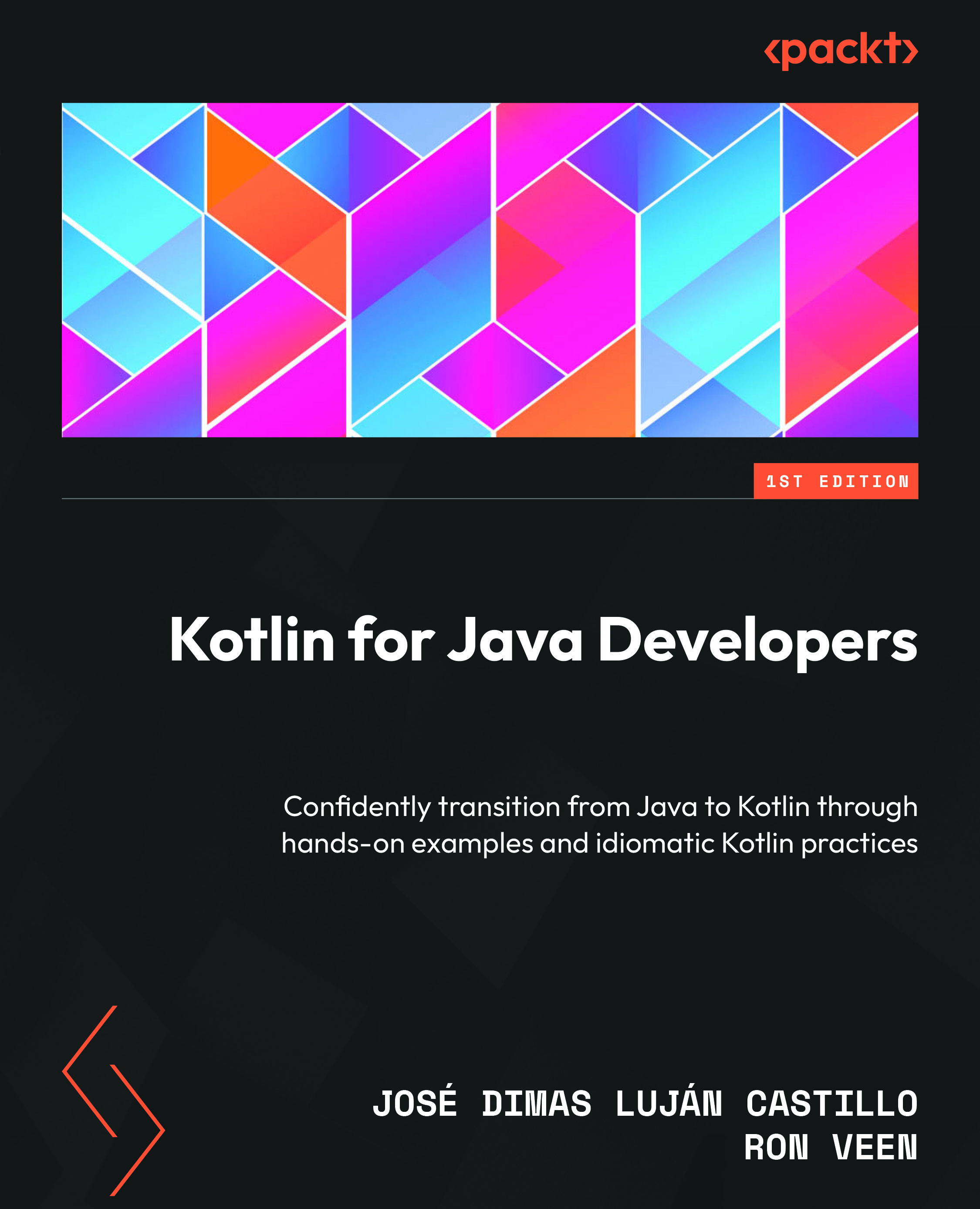Summary
In this chapter, you have learned about two powerful features of Kotlin: extension functions and the apply function.
Extension functions allow you to add new methods to existing classes without modifying their source code. This improves the readability and maintainability of the code and opens up new possibilities for designing fluid and expressive APIs. You have learned how to create and use extension functions, looked at their internal workings, and seen how they can be used with Java code.
The apply function, one of Kotlin’s scope functions, provides an elegant way of working with objects, allowing multiple operations in a concise and readable context. You have learned how to use apply to configure objects efficiently, reducing code verbosity and improving its clarity.
Additionally, this chapter covered the concept of companion objects, a Kotlin alternative to Java’s static members, offering more flexibility and capabilities.
This information...

































































